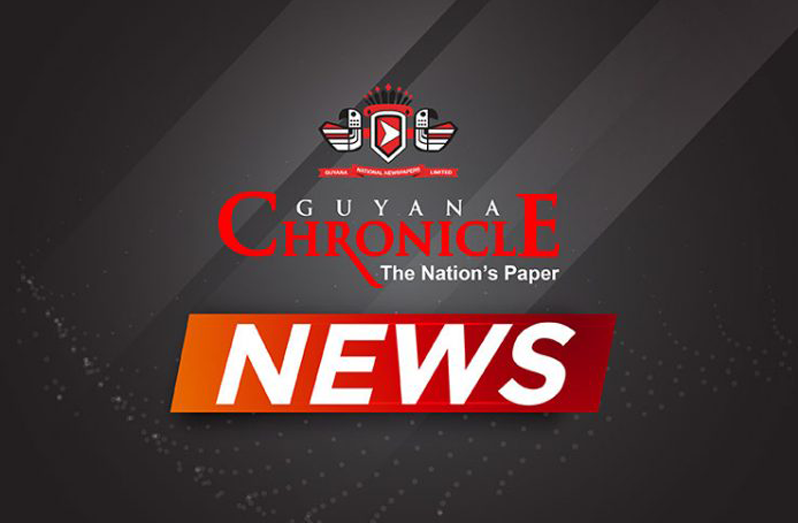* The area of controversy between the two States lies between the Orinoco and the Essequibo Rivers. Venezuela lays claim to this territory as successor to the Spanish Empire, from which it declared independence in 1810, on the basis that the Spanish established sovereignty in the late-16th century by discovering, settling and exercising political control over the region.
* The British, on the other hand, claim to have acquired the territory from the Dutch by a formal cession under the terms of the Anglo-Dutch Treaty of 1814. According to the British, Dutch subjects had settled in the area in 1616 and continued trading on the Essequibo and other rivers in the vicinity in the following decades.
* Dutch sovereignty over these settlements was recognised by Spain in 1648 when, as part of the Peace of Westphalia, the Spanish and Dutch signed the Peace of Münster to end the 80 Years War between them.
* Under Article Five of the Peace of Münster, Spain agreed that the Dutch would retain all of the ‘lordships, cities, castles, fortresses, trades and lands in the West Indies under their possession at that time, but the treaty did not specify the boundary dividing their respective possessions in the region.
* From the 1650s onwards, the Dutch expanded their settlements and trading activities in the area, and the Dutch West India Company controlled the coast between the Essequibo and Orinoco rivers.
* The British seized the Dutch settlements in 1803, and in 1814 the Dutch formally ceded to them the colonies of Essequibo, Demerara and Berbice, though, again, the boundaries of these colonies remained undefined. In 1831, the British consolidated these settlements as British Guiana.
* In 1840, Britain commissioned a German surveyor, Robert Schomburgk, who had previously explored the area, to delineate the boundaries of British Guiana (the ‘Schomburgk Line’).
* Venezuela disputed Schomburgk’s line, and in 1850 the parties agreed not to occupy the disputed area. Despite this, in the late 19th century, British citizens settled in the area, prompting renewed protests by the Venezuelan Government, which later broke off diplomatic relations and sought assistance from the United States.
* In 1897, the parties agreed to submit the controversy to arbitration. A tribunal was constituted with two British members, two Americans, and the Russian jurist Fiodor de Martens as President.
* The tribunal sat in Paris and, during the proceedings, Venezuela was represented by American counsel. The tribunal issued a short, unanimous award in 1899, offering merely a description of the course of the boundary line, without giving any reasons for the decision.
* The award granted Britain almost 90 per cent of the territory, but assigned to Venezuela a valuable portion at the mouth of the Orinoco River.
* Under Article XIII of the Treaty of Arbitration, the parties had agreed to consider the result of the arbitration as ‘a full, perfect, and final settlement’ of the issue, and Venezuela did not protest the award after it was delivered. The border was subsequently fixed by the Anglo-Venezuelan Boundary Commission in 1905.
* On 8 February 1944, Severo Mallet-Prevost, a junior lawyer in the Venezuelan legal team before the Paris Tribunal, wrote a letter which was posthumously published in the American Journal of International Law in 1949 ((1949) 43 AJIL 523).
* The letter contained allegations of impropriety by the tribunal, claiming that the award was the result of a secret deal between the President of the tribunal and the British arbitrators.
* In 1962, Venezuela declared that it would no longer abide by the 1899 Award on the basis that it was null and void. It claimed that the decision had not been based on a fair arbitral process, but was the result of a political deal made behind Venezuela’s back.
* The claim was communicated in writing to the UK and was also made, publicly, in the United Nations General Assembly (UNGA). The two States held talks and in 1966 signed an agreement to resolve the controversy (the ‘Geneva Agreement’).
* In accordance with Article VIII of the Agreement, Guyana became a party to the treaty when it gained independence in 1966.
* The mixed commission referred to in Article I of the Geneva Agreement was established in 1966 and, after holding 16 sessions, its term expired in 1970 without a resolution to the controversy.
* In that same year, the parties agreed to the Protocol of Port-of-Spain, which suspended the operation of Article IV of the Agreement for 12 years. The Protocol expired at the end of its term in 1982, after Venezuela decided not to renew the agreement.
* In 1990, in accordance with Article IV(2) of the Geneva Agreement, the parties sought the Good Offices of the UN Secretary-General in an effort to move forward.
* In 2016, the UN Secretary General announced that there was an absence of significant progress towards a solution on the controversy. He also said unless both parties jointly request that he refrain from doing so, he would choose the ICJ as the next means of settlement.
* After a series of unsuccessful meetings between the parties, the UN Secretary-General announced his decision to submit the matter to the ICJ in January 2018.
* On March 29, 2018, Guyana filed an application against Venezuela before the International Court of Justice (ICJ) concerning the two States’ long-standing controversy over the Essequibo region.
* This application was filed after the UN Secretary-General decided on January 30, 2018 that the matter between Guyana and Venezuela should be submitted to the Court.
* Venezuela had claimed that the International Court of Justice (ICJ) does not have jurisdiction to hear the matter. On December 18, 2020, the World Court ruled that it does have jurisdiction to hear the matter between the two countries.
(Information credit: Ejiltalk.org, courthousenews, dppa.un.org, www.jstor.org, latinamericareports.com)





.jpg)








